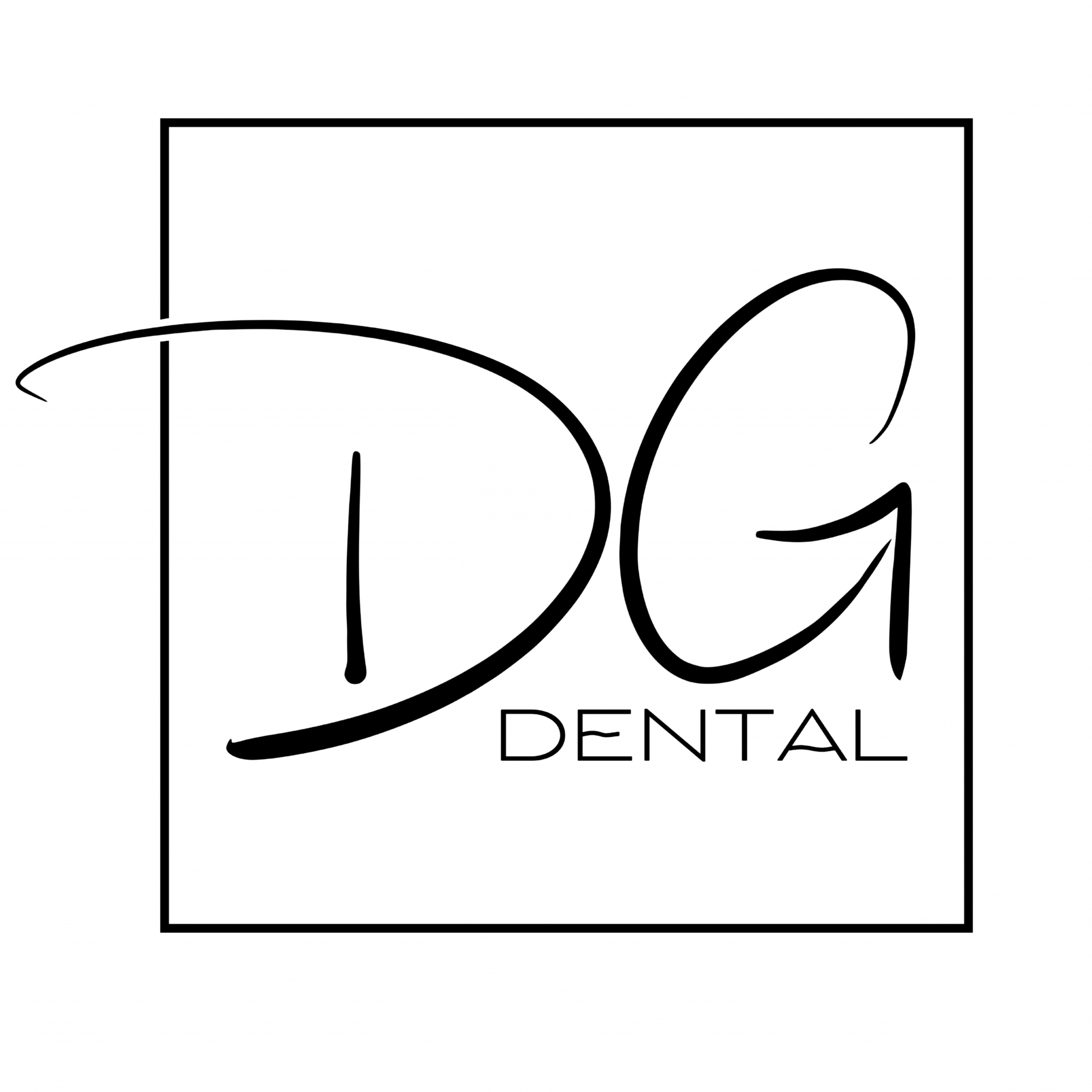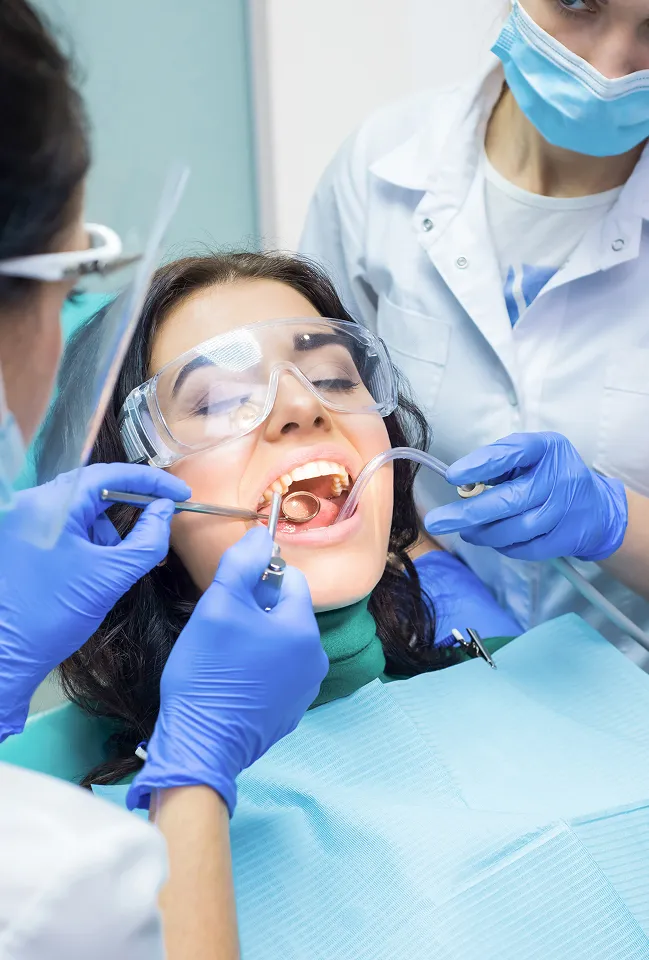Periodontal Disease and Its Impact
Periodontal disease begins when bacteria in dental plaque accumulate along the gum line, causing inflammation and infection of the surrounding soft tissue. According to the American Dental Association, this condition affects nearly half of adults over age 30, making it a significant public health concern. The progression from gingivitis to periodontitis involves the destruction of gum tissue and eventual bone loss if left untreated.
Research from the National Institute of Dental and Craniofacial Research demonstrates clear connections between periodontal disease and various systemic diseases, including heart disease, diabetes, and respiratory conditions. This makes professional treatment essential not just for maintaining a healthy mouth, but for supporting overall health and preventing serious complications.
The bacterial infection associated with gum disease can spread beyond the oral cavity, potentially affecting cardiovascular health and immune system function. Poor oral hygiene allows harmful bacteria to multiply and produce toxins that trigger inflammatory responses throughout the body. Understanding these connections emphasizes the importance of early intervention and comprehensive periodontal care.
Recognizing Signs and Symptoms of Gum Disease
Early detection of periodontal disease symptoms allows for more conservative treatment approaches and better long-term outcomes. Common signs include bleeding gums during brushing or flossing, puffy gums that appear red or swollen, and persistent bad breath that doesn’t resolve with improved oral hygiene. As the condition progresses, patients may experience loose or sensitive teeth, painful chewing, and visible gum recession.
Advanced gum disease often presents with loose teeth that may shift position or feel unstable when biting. The formation of deep pockets between teeth and gums creates spaces where bacteria can accumulate, leading to further tissue destruction and bone loss. Patients may notice changes in their bite or the way their teeth fit together, indicating structural changes in the supporting tissues.
Risk factors for developing periodontal disease include poor oral hygiene, smoking, genetic predisposition, hormonal changes, certain medications, and systemic conditions like diabetes. Poor nutrition can also compromise the immune system’s ability to fight infection, making individuals more susceptible to gum disease. Even crooked teeth can increase risk by creating areas that are difficult to clean effectively.
Comprehensive Diagnostic and Treatment Planning
Effective gum disease treatment begins with a thorough evaluation using advanced diagnostic techniques to assess the extent of periodontal damage. Our dental hygienist and Dr. Green work together to measure pocket depths, evaluate bone levels, and identify areas of active infection. Digital imaging and periodontal charting provide detailed information about the condition of gum tissue and underlying support structures.
Treatment planning considers individual risk factors, disease severity, and patient goals to develop personalized approaches that address specific needs. For patients with mild to moderate gum disease, nonsurgical treatment options often provide excellent results. More advanced cases may require surgical intervention combined with regenerative procedures to restore lost tissue and bone.
The assessment process includes evaluation of systemic health factors that may influence treatment outcomes. Patients with diabetes, heart disease, or other systemic diseases require coordinated care to ensure optimal healing and long-term success. Our comprehensive approach addresses both local and systemic factors that contribute to periodontal disease progression.
Nonsurgical Periodontal Therapy Options
Initial periodontal disease treated with nonsurgical methods often responds well to scaling and root planing, a deep cleaning procedure that removes plaque and calculus from below the gum line. This treatment, sometimes called deep cleaning, involves carefully cleaning root surfaces to remove bacterial toxins and create smooth surfaces that promote healing and reduce bacterial adherence.
Root planing specifically targets the removal of infected tissue and bacterial deposits from root surfaces, allowing gum tissue to reattach to clean tooth structure. The procedure may require local anesthesia to ensure patient comfort during the thorough cleaning of deep periodontal pockets. Following treatment, patients typically experience reduced inflammation, decreased bleeding, and improved gum health.
Antimicrobial therapy may supplement scaling and root planing to target specific bacterial infections. Localized antibiotic delivery systems place medication directly into infected periodontal pockets, providing concentrated treatment at the site of infection. This approach can enhance healing and reduce the need for more invasive surgical procedures.
Advanced Surgical Treatment Options
When nonsurgical treatment cannot adequately address advanced periodontal disease, surgical intervention may be necessary to access infected areas and restore damaged tissues. Pocket reduction surgery involves lifting the gum tissue to remove bacterial deposits and calculus from root surfaces that cannot be reached through conventional cleaning methods.
Bone grafting procedures can help regenerate bone tissue lost to periodontal disease, providing renewed support for affected teeth. Various grafting materials, including the patient’s own bone, synthetic materials, or processed donor tissue, can be used to fill bone defects and encourage new bone formation. Guided tissue regeneration techniques use special membranes to direct the healing process and promote optimal tissue regeneration.
Tissue grafting addresses gum recession caused by periodontal disease, covering exposed root surfaces and improving both function and aesthetics. Soft tissue grafts can be harvested from the patient’s palate or obtained from processed donor tissue, depending on the specific clinical situation and patient preferences.
Maintenance and Long-Term Success
Successful gum disease treatment requires ongoing maintenance to prevent disease recurrence and preserve treatment outcomes. Regular periodontal maintenance appointments, typically scheduled every three to four months, allow for professional monitoring and cleaning of areas that are difficult to reach with home care. These appointments are more frequent than routine cleanings due to the increased risk of disease recurrence in previously affected areas.
Patient education plays a crucial role in long-term success, as effective home care techniques are essential for maintaining periodontal health. Our dental hygienist provides detailed instructions on proper brushing and flossing techniques, as well as recommendations for specialized oral hygiene products that can enhance plaque removal and gum health.
Prevention strategies focus on eliminating risk factors that contribute to gum disease development. Smoking cessation support, nutritional counseling, and management of systemic diseases all contribute to improved periodontal outcomes. Regular communication with other healthcare providers ensures coordinated care for patients with complex medical histories.
Comprehensive Periodontal Care at DG Dental
Don’t let gum disease compromise your oral health and overall well-being. At DG Dental, our comprehensive approach to periodontal care combines advanced treatment techniques with personalized patient education to achieve optimal outcomes. Dr. Green’s extensive training and our commitment to evidence-based treatment ensure that you receive the most effective care available for all forms of gum disease.
Our state-of-the-art facility provides a comfortable, welcoming environment for all periodontal procedures, from routine maintenance to advanced surgical treatments. We understand that gum disease can be concerning, and we’re committed to providing thorough explanations and comfortable treatment experiences that put patients at ease. Contact us at 954-524-2300 or complete our contact form to schedule your comprehensive periodontal evaluation and take the first step toward optimal gum health today.





















